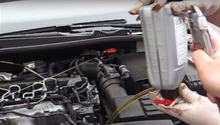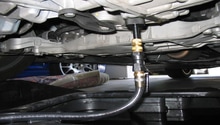Audi A4 B8: Manual, Tiptronic, Multitronic CVT, S-Tronic DSG Transmission Comparison
There is quite a bit of difference between the various transmissions on these cars; make sure you know what you are getting before you buy.
This article applies to the Audi A4 (2008-2015).
There is quite a bit of difference between the Manual, Tiptronic, Multitronic CVT, and S-Tronic DSG transmissions, much more so than just 6-speeds versus 8, or unlimited for the CVT. If you have never driven a CVT transmission before, you could be in for quite a shock in the feeling (or lack thereof) with this kind of transmission. Audi's Tiptronic versus Multitronic CVT versus S-Tronic is worlds apart from each other, as well as from the traditional transmissions of other vehicles. With the price point that Audi has, you definitely want to be sure to pick the right one to avoid buyer's remorse. Learn what to expect from each by reading on and make an informed purchasing decision.
Transmission Choices
6-Speed Manual Transmission
The 6-speed manual with the 2.0T engine is a great luxury sedan with that sporty feel. If you just love manual automobiles, this car may be right for you. Many people complain that using a manual transmission in the daily commute is too difficult, but not in the A4. The clutch is light, the shifter is light and the gear ratios are well chosen for bumping around town or cruising down the highway. The throttle calibration is such that it takes more throttle than you think to get the revs up, but once you get used to that, operating the clutch is a piece of cake. The 2.0T engine never urges you to bang those gear changes or be rushed, and indeed the transmission operates better when you take your time to row your own.
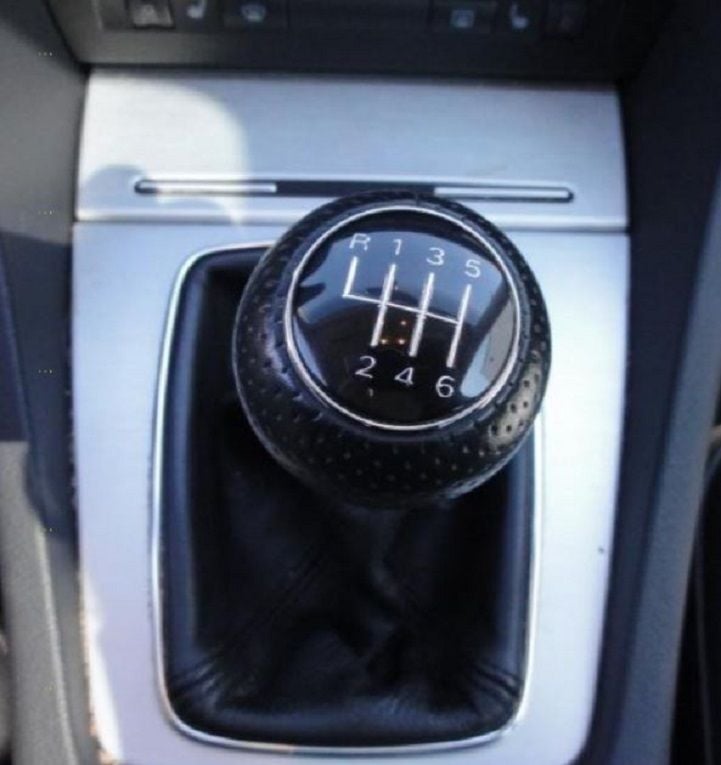
8-Speed Automatic Tiptronic Transmission
The 8-speed automatic Tiptronic transmission makes for a very fast ride, more so than the manual, and very close with the DSG. It's smooth shifting, and with 8 forward gears to choose from, the engine can be kept in the powerband and give the car much greater tractability. This gives you a very fast ride with a super quiet engine and interior environment. If you want to go with the 8-speed, it is arguably the most useful transmission around.
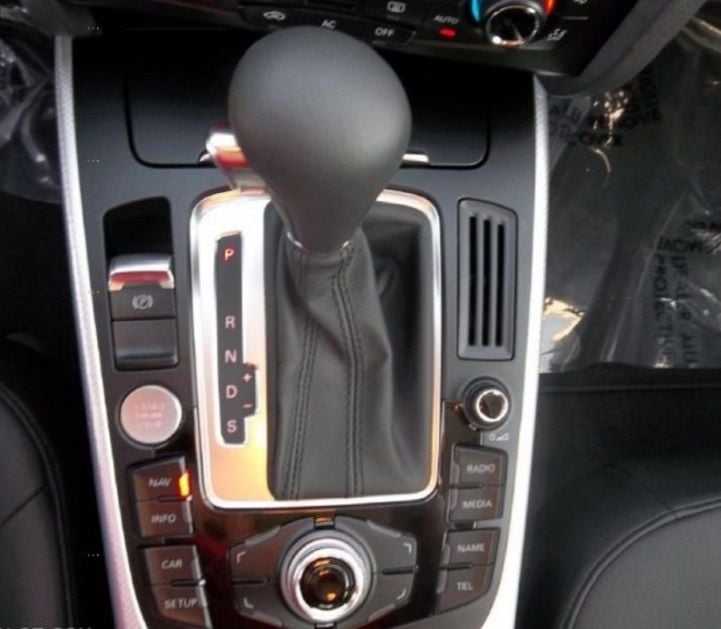
CVT (Multitronic) Transmission
CVT stands for Continuously Variable Transmission, and as crazy as it sounds, that's exactly what it is. A CVT uses a series of unevenly-shaped cogs to manipulate a drive belt. What this means is that depending on the profile and size of the cog, the length of the belt changes, effectively changing the gear ratio. Most conventional CVT's don't have fixed gear ratios as such, but instead have a gear ratio spread, meaning that the gear ratio can change to any value between "low" and "high" as it were. In theory, the CVT is an incredible option for the purpose of fuel economy, as it should optimize engine performance seamlessly in all conditions.
Many Audi owners with the Multitronic deride the system for having a rubber band effect in terms of acceleration. As the transmission doesn't have fixed gear ratios and doesn't "shift" in the traditional sense, people are often a bit uneasy about the engine being sling-shotted to its most "efficient" engine RPM and then listening to the engine stay at that RPM and the gears move to keep the engine there.
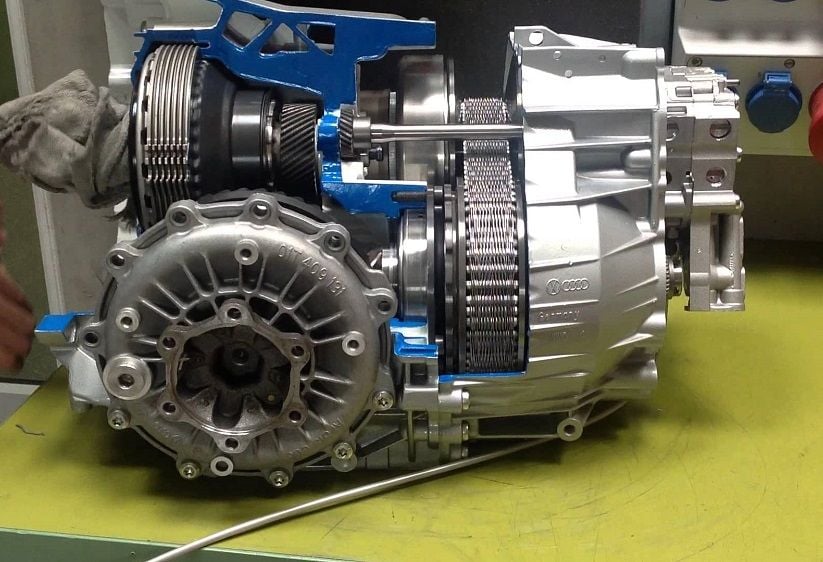
S-Tronic Dual Clutch Automatic (DSG) Transmission
The S-tronic is a 7-speed dual clutch transmission, and in Audi/VW speak, it is referred to as a Direct-Shift gearbox or DSG. This is an automatic transmission that foregoes the traditional torque converter in favor for two clutch packs. It is effectively two transmissions in one case, as the first clutch is for gears 1, 3, 5 and 7, and the second clutch is for gears 2, 4 and 6. When you're in one gear, the respective clutch is engaged, the other free clutch is able to be electronically controlled to pre-select the gears surrounding it. For example, if you're in 2nd gear, the free clutch is readying 1st gear or 3rd gear for an upshift or downshift; this effectively pre-loads the transmission to make gear changes incredibly quickly.
The DSG is the fastest shifting transmission of the lot, and is generally pretty bulletproof. If you're massively increasing the horsepower of the engine, the stock clutches may experience increased wear and begin to slip, much like a regular manual transmission. Upgrade clutch packs are available for people who want to shoot for big power.
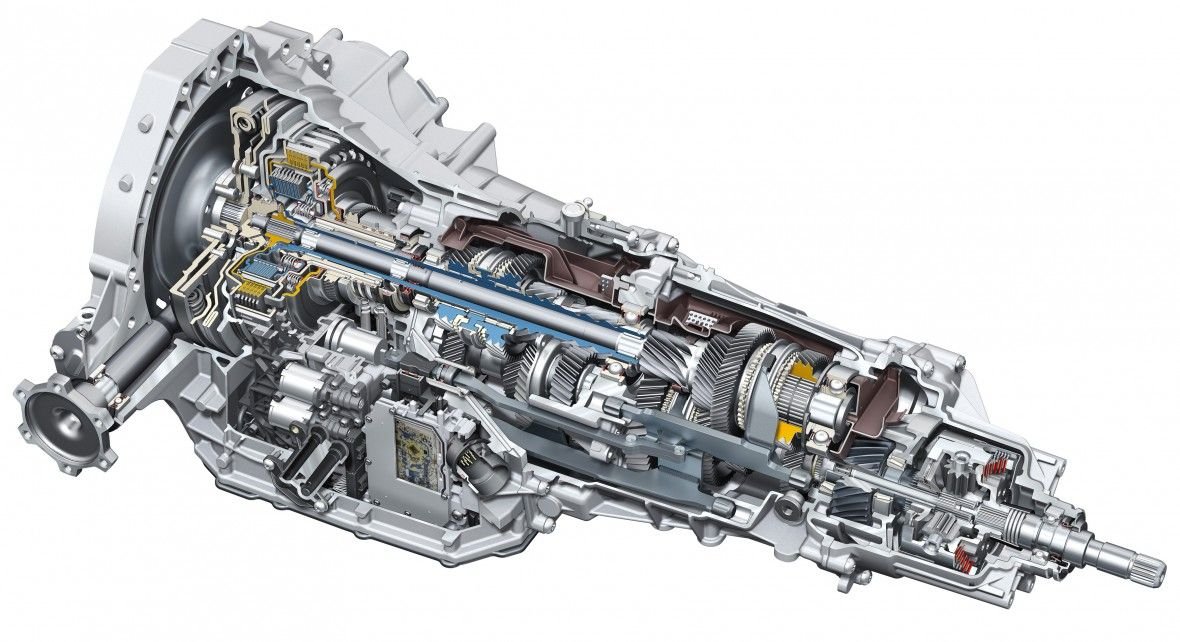
Scheduled Maintenance
The scheduled maintenance is similar among the automatics and the semi-automatics; however, special attention must be given to regular 40,000 mile Multitronic gearbox oil changes to prevent early burnout of the clutch friction plates. The CVT transmission has come a long way in later models, giving the best of fuel economy, efficiency and longevity. Follow the manufacturer's regular intervals for transmission fluid flushes, especially with the manual transmissions.
Common Questions
What is the difference between the Tiptronic and Multitronic transmissions?
The Tiptronic has the shifter inside the car that allows manual shifting; while the multitronic is automatic, but allows for virtual shifting.
How is the CVT transmission different?
The CVT transmission doesn't use normal gears, and as such, is a much smoother ride and "shifting" gears are no longer felt. While this can be disconcerting at first, many owners relish in the fact that they can punch it on the freeway with an immediate and non-jerky response that traditional transmissions can give.
Common Issues
TCU Replacement in CVT Transmissions
Early model CVT transmissions in the Audi had issues with the transmission control unit needing premature replacement or reprogramming.
Friction Replacement Issues in CVT Transmissions
Also, in the early model CVT transmissions, the friction plates had a tendency to wear out early, especially for those owners who neglected to regularly change the Multitronic gearbox oil every 40,000 miles.
Related Discussions
- CVT versus 8-Speed Tiptronic? - AudiWorld
- 8 -Speed Versus 6-Speed Manual - AudiWorld
- What's the Difference Between Multitronic and Tiptronic - AudiWorld
- What's the Difference Between Tiptronic and Multitronic - AudiWorld




